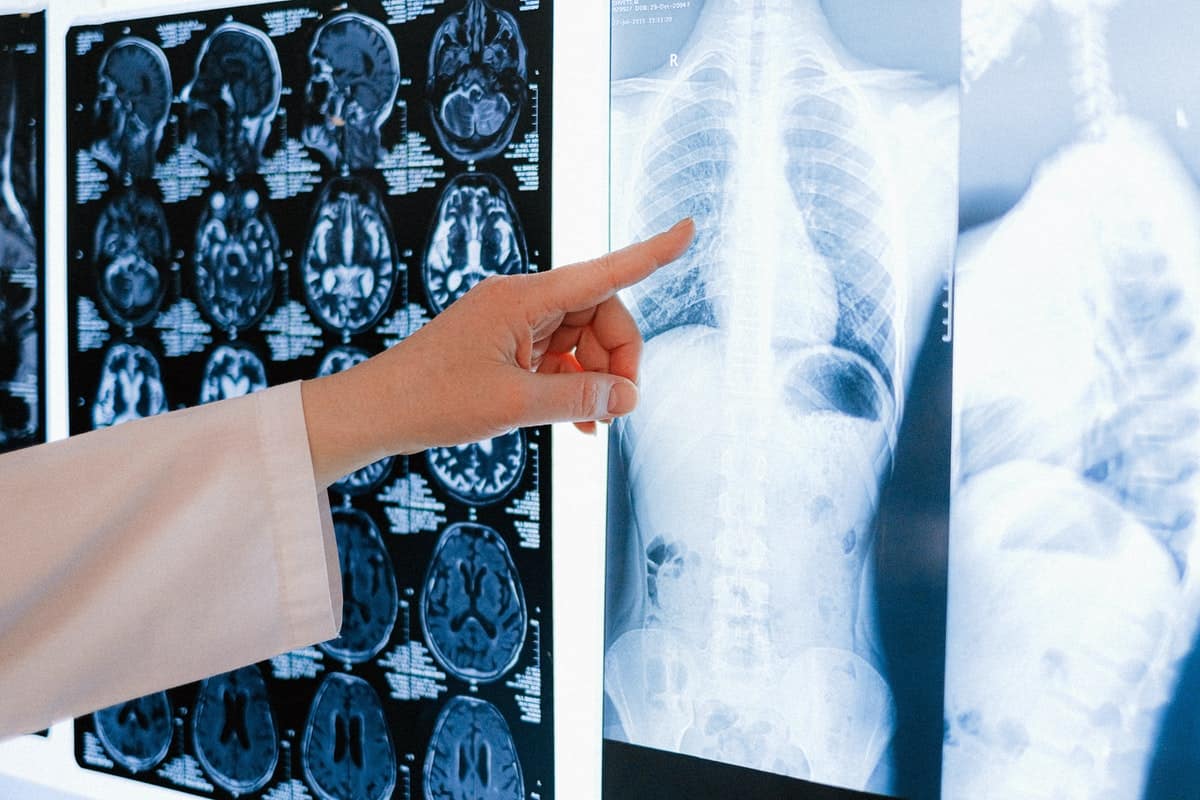5 Tips for Starting Your Career in Radiology
Share

1. Determine Which Career is Right for You
All radiology careers involve the use of imaging technology (e.g. MRIs, x-ray, CT scans, ultrasound, etc.) to accurately diagnose and treat individuals. However, the duties range from providing assistance as a radiology technician to actually using the technology to diagnose and treat the patients as a physician. The education requirements range from an associate’s degree to a medical doctorate degree.
2. Search the Best Program and Apply
Once you determine the career that you want to pursue, start looking into the best programs for you. If you are interested in being a radiology technician or another career that is at the associate’s level, community colleges are the place to look. Community colleges are typically easy to get into as long as you have a high school diploma or GED and have schedules that work around the schedule of the working adult. If you are interested in a career at the bachelor’s level, make sure you find a bachelor’s degree program that meets the necessary accreditation requirements if necessary. If you are interested in becoming a physician, a bachelor’s degree in a science-related field is a great prerequisite for medical school. You can always start at a community college and transfer to a university.
3. Complete the Education Requirements
Complete the necessary education requirements by showing up to class and paying attention, preparing for class by reading or doing any other homework, participating in class, and studying for exams. A high grade-point average will help your resume stand out and showing that you are a conscientious student will make professors willing to provide recommendations for jobs and continuing education.
4. Complete the Licensure Requirements
You most likely will need to take a licensure tests for many radiology jobs. If you are going to be a physician, you most likely will have to take several tests and complete a residency before becoming licensed.
5. Find a Job
Being a good student, intern, or resident will help you get connections for getting jobs after completion of all the requirements. Be diligent in your job search by constantly following up on your application. Since the job growth is above average for radiology careers, finding an open position should not be difficult. There are numerous radiologist jobs that you can find online.
A career in radiology allows you to learn about the human body and change the lives of those who are injured or sick while making a good living. The multiple career paths within the field provide a lot of options for different strengths, weaknesses, desired tasks, work-life balance, and education requirements. As long as you put your best effort into the path along the way, you will land a job.
























